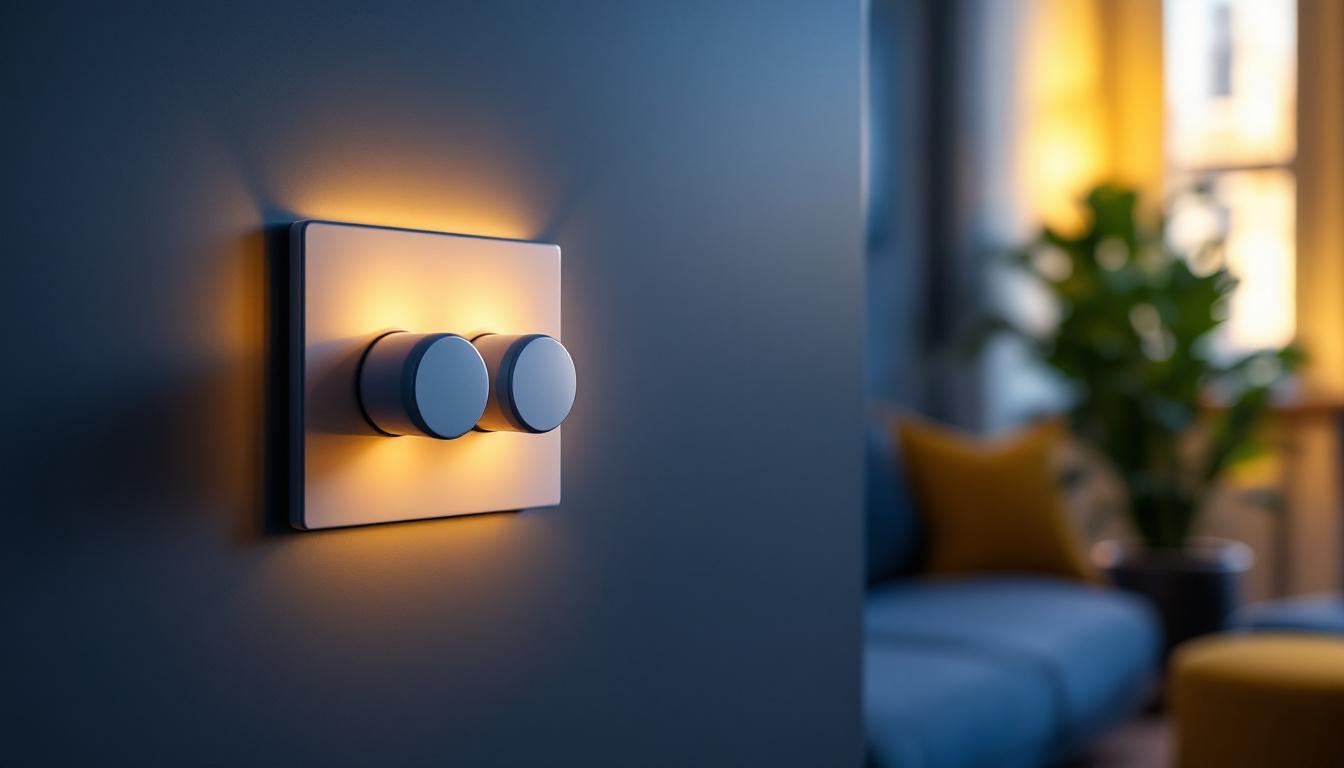
In the world of lighting design, fan ceiling lights have emerged as a popular choice for both residential and commercial spaces. They not only provide illumination but also enhance air circulation, making them a dual-purpose fixture. For lighting contractors, understanding the best practices for installing and selecting fan ceiling lights is crucial to ensure customer satisfaction and optimal performance. This article delves into the essential aspects of fan ceiling lights, offering insights that can elevate the quality of your installations.
Fan ceiling lights combine the functionalities of a ceiling fan and a light fixture. They are designed to provide ambient lighting while also circulating air, making them ideal for various settings, from living rooms to dining areas. However, selecting the right fan light and installing it correctly requires a thorough understanding of the product and its features.
There are several types of fan ceiling lights available on the market, each catering to different design preferences and functional needs. The primary categories include:
When selecting fan ceiling lights, size and style are critical considerations. The size of the fan should correspond to the dimensions of the room. A general rule of thumb is that for rooms up to 75 square feet, a fan with a blade span of 36 inches is suitable. For larger spaces, such as those exceeding 400 square feet, a fan with a blade span of 52 inches or more is recommended.
Style is equally important. The fan’s design should complement the room’s decor, whether it be modern, traditional, or transitional. Lighting contractors should be familiar with various styles and finishes to guide clients effectively in their selection process. Additionally, it’s worth noting that the materials used in the fan’s construction can significantly impact both its durability and aesthetic appeal. For instance, wooden blades can add warmth and character to a rustic space, while metal finishes can lend a sleek, industrial vibe to contemporary interiors. Furthermore, the color temperature of the light bulbs used can also influence the ambiance; warmer tones create a cozy atmosphere, while cooler tones can enhance focus and energy in a workspace.
Another factor to consider is the fan’s motor quality, which affects the noise level and energy efficiency of the unit. High-quality motors tend to operate more quietly and last longer, making them a worthwhile investment. Some fans even come with features like reversible motors, allowing for seasonal adjustments in airflow direction—cooling in summer and distributing warm air in winter. This versatility not only enhances comfort but can also lead to energy savings throughout the year, making fan ceiling lights a practical choice for any home.
Proper installation is key to ensuring the longevity and performance of fan ceiling lights. Lighting contractors must adhere to best practices to avoid common pitfalls and ensure safety.
Before installation, it is essential to assess the electrical requirements of the fan. Most ceiling fans require a dedicated circuit to handle the load, especially if they include integrated lighting. Contractors should check the existing wiring to ensure it meets the fan’s specifications and complies with local building codes.
Additionally, using the appropriate gauge wire is crucial. For most ceiling fans, 14-gauge wire is sufficient, but larger fans may require 12-gauge wire. Ensuring that the electrical box is rated for ceiling fan support is another vital step, as standard light fixtures may not provide adequate support for heavier fans. It’s also wise to consider the use of a wall switch or remote control for convenience, which may necessitate additional wiring and planning during the installation phase.
When it comes to mounting fan ceiling lights, various techniques can be employed depending on the type of fan and the ceiling height. For standard installations, a downrod may be necessary to lower the fan to an appropriate height for optimal airflow.
For flush mount and hugger fans, ensure that the fan is securely attached to the ceiling with the appropriate mounting bracket. It is advisable to use a level during installation to guarantee that the fan hangs evenly, preventing wobbling and noise during operation. Moreover, contractors should take into account the ceiling height and the room’s dimensions to select the right fan size, as a fan that is too small may not circulate air effectively, while one that is too large could overwhelm the space aesthetically. Additionally, considering the fan’s blade pitch is important; a steeper pitch can enhance airflow, making it more efficient in cooling the room.
To ensure the longevity and efficiency of fan ceiling lights, regular maintenance is essential. Lighting contractors should inform clients about the importance of upkeep and provide guidance on troubleshooting common issues.
Routine maintenance can significantly extend the life of fan ceiling lights. Here are some best practices:
Even with regular maintenance, issues can arise. Here are some common problems and their solutions:
As energy efficiency becomes increasingly important, lighting contractors should be well-versed in the energy-saving features of fan ceiling lights. Many modern fans are designed with energy-efficient motors and LED lighting, which can significantly reduce energy consumption.
Choosing energy-efficient fan ceiling lights has multiple benefits:
Smart ceiling fans offer an innovative approach to energy efficiency. Many models can be controlled via smartphone apps or integrated with home automation systems, allowing users to adjust settings remotely. This not only enhances convenience but also enables users to optimize energy usage based on their habits.
Lighting contractors should stay informed about the latest smart technology trends and be prepared to recommend compatible products to clients looking to modernize their spaces.
Effective communication with clients is essential for successful installations and ongoing relationships. Lighting contractors should prioritize educating clients about fan ceiling lights, including their benefits, installation process, and maintenance requirements.
When discussing fan ceiling lights with clients, it is important to provide comprehensive information that covers:
Clients may have concerns regarding noise levels, installation costs, or energy consumption. Addressing these concerns openly and providing solutions can help build trust and confidence in your services. For instance, discussing the quiet operation of modern fans can alleviate worries about noise, while highlighting energy savings can justify the initial investment.
Fan ceiling lights are a versatile and functional choice for various spaces, and understanding best practices for installation, maintenance, and client communication is essential for lighting contractors. By staying informed about the latest trends, technologies, and techniques, contractors can enhance their expertise and provide exceptional service to clients.
Ultimately, the goal is to create well-lit, comfortable environments that meet the needs of homeowners and businesses alike. Embracing these best practices will not only improve the quality of installations but also foster long-lasting relationships with clients, ensuring repeat business and referrals in the future.
Ready to elevate your lighting installations with the best fan ceiling lights on the market? Look no further than LumenWholesale, where we provide lighting contractors with high-quality, specification-grade lighting solutions at unbeatable wholesale prices. Our extensive selection is designed to meet the highest industry standards, ensuring you deliver reliable and high-performance lighting to your clients. With LumenWholesale, you can enjoy the convenience of bulk buying with free shipping, ensuring you get the premium products you need at the best value — without any hidden fees. Make the smart choice for your next project and experience wholesale lighting at the best value today.

Discover the crucial role of over-the-bed lighting in modern design and why it’s a must-know for lighting contractors.

Explore how deco light bulbs are transforming the lighting industry and impacting contractors’ profitability.

Discover innovative strategies and insider tips for smart lighting contractors to enhance efficiency and creativity in their projects.

Discover why LED light bulbs on dimmer switches are essential for successful lighting projects.